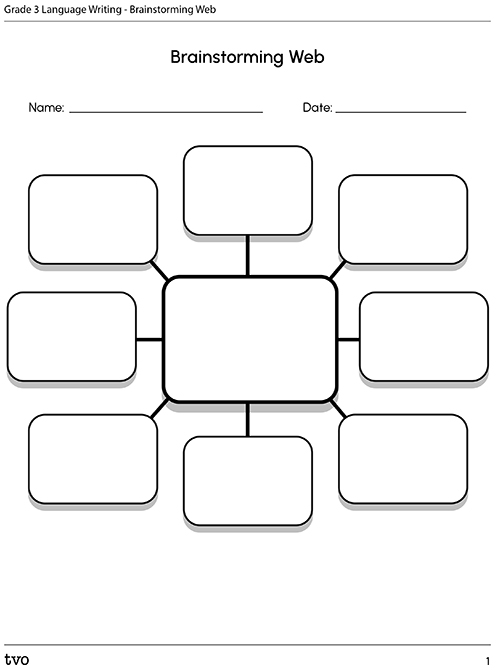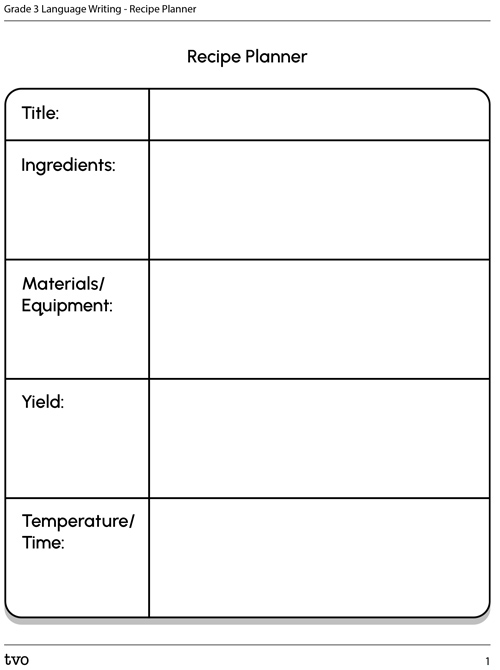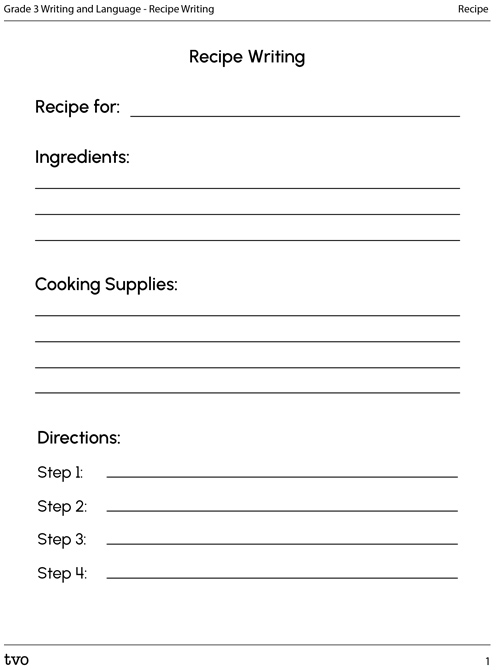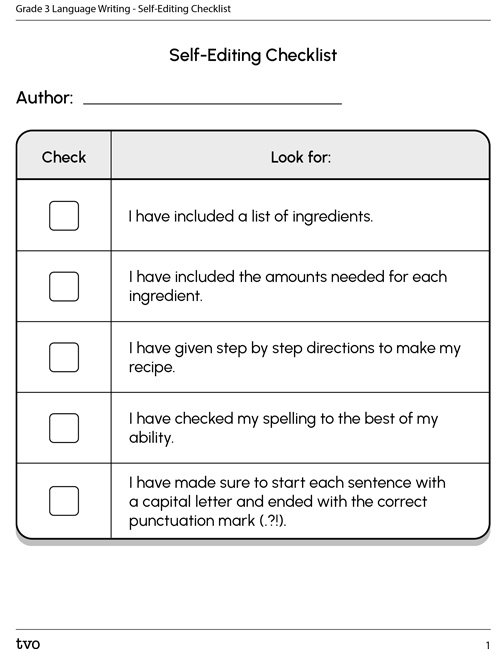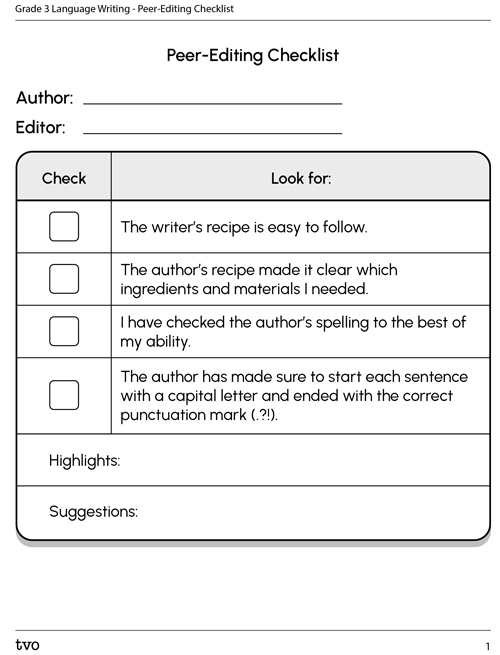Minds On
What is a recipe?
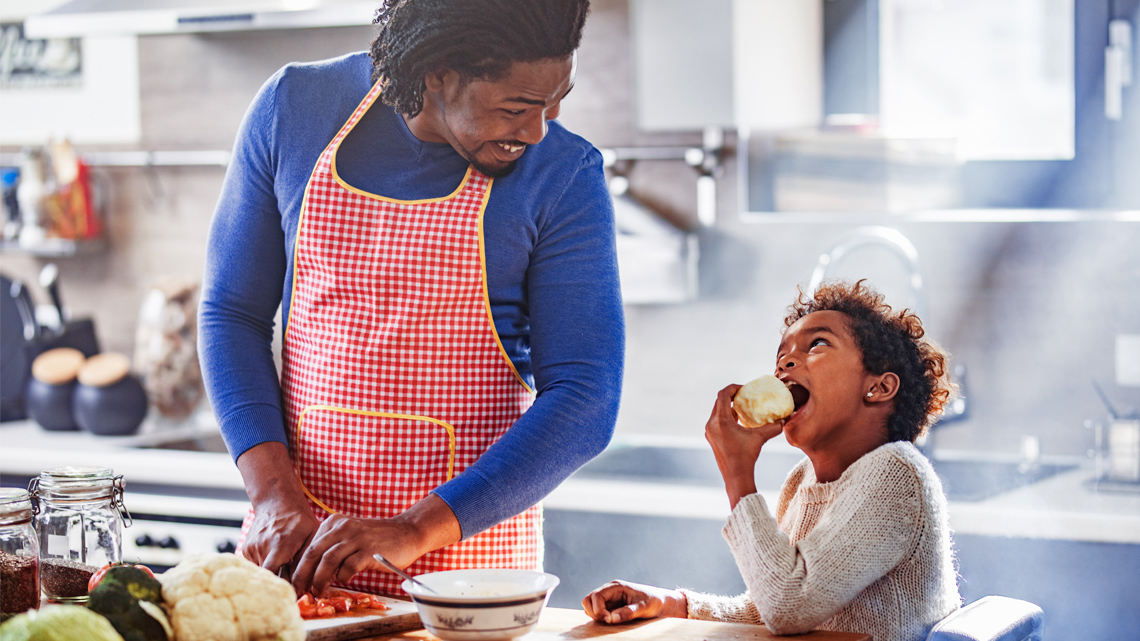
Imagine one of your favourite dishes. Now, imagine yourself making it. What ingredients will you need to gather? What materials or appliances will you need? What do you see yourself doing in order to prepare this delicious dish?
While you were imagining how to prepare your special dish, you were also creating a recipe in your mind. A recipe is a set of instructions that helps someone prepare something specific. While a recipe is most often used to give instructions for making something to eat, this is not always the case. Examine the following example and see if you can notice the different characteristics that make a recipe unique.
Action
Brainstorming and planning
Now it’s your turn to create your very own recipe! Before you begin planning, let’s take some time to brainstorm all of those delicious recipes in your mind. You will definitely want to put this brainstorm in a safe place for when you feel inspired to add to your cookbook.
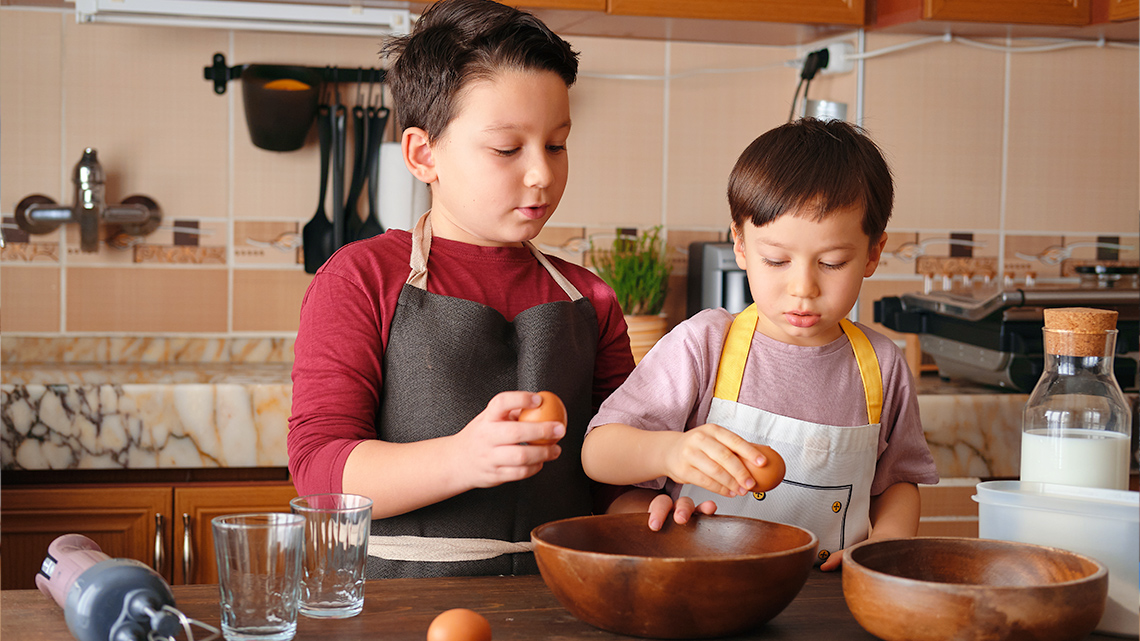
Brainstorm
Brainstorming
Use the Brainstorming Web in your notebook or use the following fillable and printable document to write down the different dishes you enjoy and might like to create a recipe for.
Getting organized
It’s time to choose just the right treat to plan your recipe! The exact measurements may not be quite right, but that is okay. This is a time to allow yourself to be creative and adventurous. At some point, you may be able to test out your recipe and adjust the measurements. Use the Recipe Planner in your notebook or use the following fillable document and printable to organize your ideas.
Consolidation
Drafting and editing
Now that you’ve completed your planner, you are ready to begin drafting your recipe! Use the Recipe Writing Template in your notebook or use the following fillable document and printable to help you get started.

Student Tips
Stuck on spelling
If you get stuck on the spelling of that perfect ingredient, there are a number of ways to keep your writing flowing:
- Give it a go, underline it, and move on! You can come back to that tricky word later when you’re editing.
- Try sounding it out. Stretch out the word.
- Think of a word that sounds like the word you are trying to spell. Words often follow a pattern.
- Try breaking the word apart. Clap out the syllables to hear the individual parts.
Self and peer-editing
Your recipe is coming together! It’s time to make it even more mouth-watering by giving it another review. So, put on your chef’s hat, and get ready to add those final touches! Use the Self-Editing Checklist in your notebook or use the following fillable document and printable document to make sure you have covered everything you’ll need to create the perfect recipe.
A fellow chef can help you make your writing even better. If possible, ask one of your classmates or someone at home, to read your recipe and imagine themselves trying to create your dish. Observing our writing can help us find ways to make it clearer. After all, recipes are for sharing with others! Complete the Peer-Editing Checklist in your notebook or use the following fillable document and printable document to review each other’s work.
Writing a final draft
You have only one thing left to do! Prepare your final draft! You can create your draft using paper, on the computer, a descriptive audio clip, speech to text software, or a method of your choice. Maybe this will be the very first recipe of your world-famous cookbook! Bon appétit!
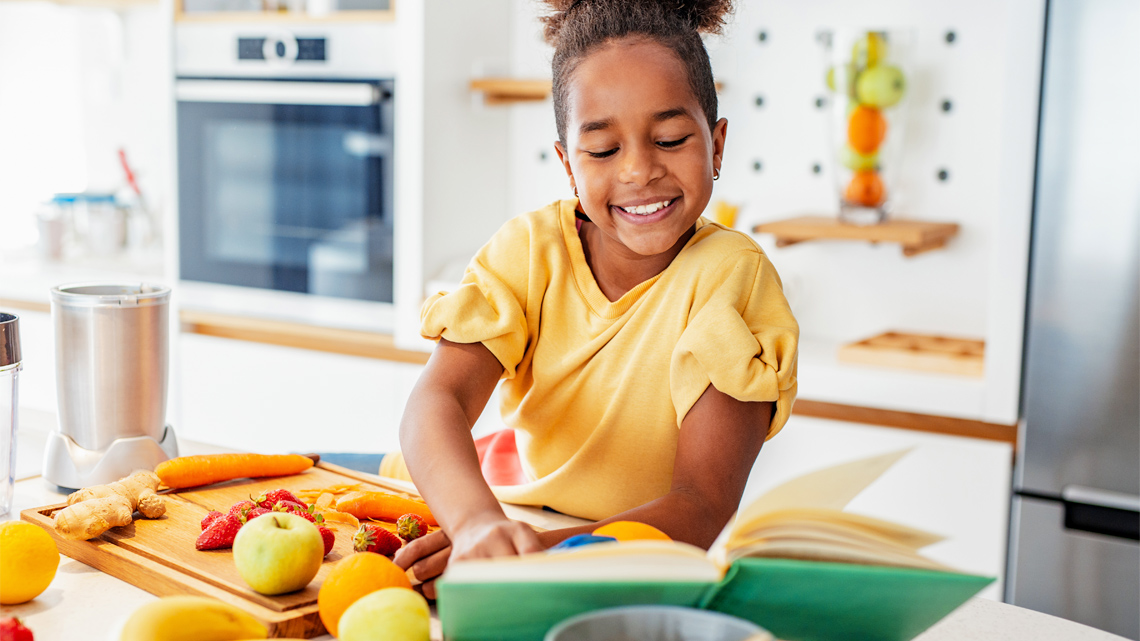
Reflection
How do you feel about what you have learned in this activity? Which of the next four sentences best matches how you are feeling about your learning? Press the button that is beside this sentence.
I feel...
Now, record your ideas about your feelings using a voice recorder, speech-to-text, or writing tool.
